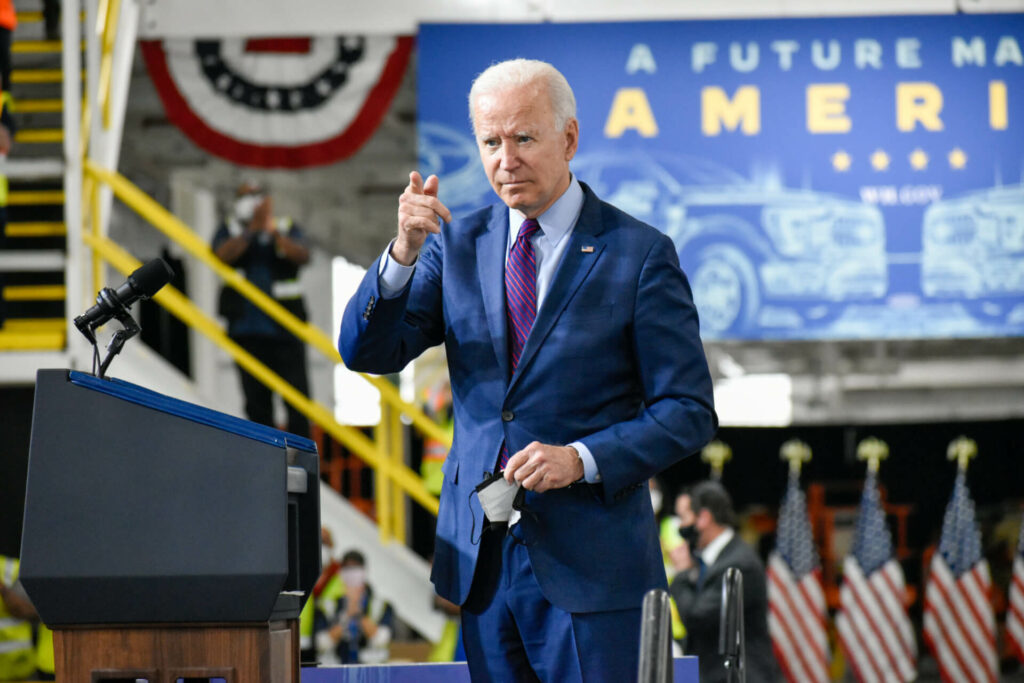President Joe Biden, seen here in Michigan touting the promise of electric vehicles, unveiled a plan this week to cancel some college debt. Photo by Andrew Roth/Michigan Advance.
The Biden administration’s plan to forgive up to $20,000 of an individual’s federal student loan debt could completely eliminate the balances of 30 to 50% of Minnesota borrowers, according to federal data.
Figures from the Department of Education show that about 781,000 Minnesotans have student loan balances with the federal government. About 228,000 have balances of less than $10,000, with an additional 168,000 holding between $10,000 and $20,000 in debt.
The actual number who will see their debt completely eliminated depends on how many were also recipients of federal Pell grants, the data for which isn’t readily available. Nationwide roughly one third of undergraduate students receive Pell grants.
Those who receive the grants, which are given to students of low-income families, are eligible for the full $20,000 of debt forgiveness, while other borrowers can get $10,000 of their debt wiped out. Individuals earning more than $125,000 a year will not be eligible.
The Minnesota numbers illustrate a key and often overlooked fact about student debt in the United States: While the majority of total student debt is held by people with relatively high incomes, most individual debtors have fairly low balances. Many of them are college dropouts, or graduates of two-year degree programs. And those are the people specifically targeted in the Biden loan forgiveness proposal.
That lopsided distribution means that three quarters of Minnesota student debtors will see their outstanding balances slashed by at least 25%.
At the other end of the spectrum, 47,000 borrowers in Minnesota have debts surpassing $100,000. Those borrowers account for nearly one third of the state’s outstanding loan balance but comprise just 6% of all debtors. Many are in fields like medicine and law that require lengthy postgraduate training that is typically funded by student loans.
The effect of loan forgiveness could be life-altering for many low-income Minnesotans struggling to pay their debts. Research has shown that student debt loads are discouraging many younger Americans from moving out of their parents’ homes, getting married, becoming homeowners and having children. Removing that constraint may usher in dramatic social and demographic change in Minnesota and elsewhere, well beyond the simple dollar-and-cent calculations of economic forecasters.
In the long term, other recently announced changes to federal student loan policy — including provisions to lower income-based repayment amounts, shorten mandatory repayment periods, and ensure that debt balances don’t increase when borrowers are making payments — are intended to reduce debt burdens on future generations of college students.
The post Biden plan could zero out student debt for at least one third of Minnesota borrowers appeared first on minnesotadigest.com.
